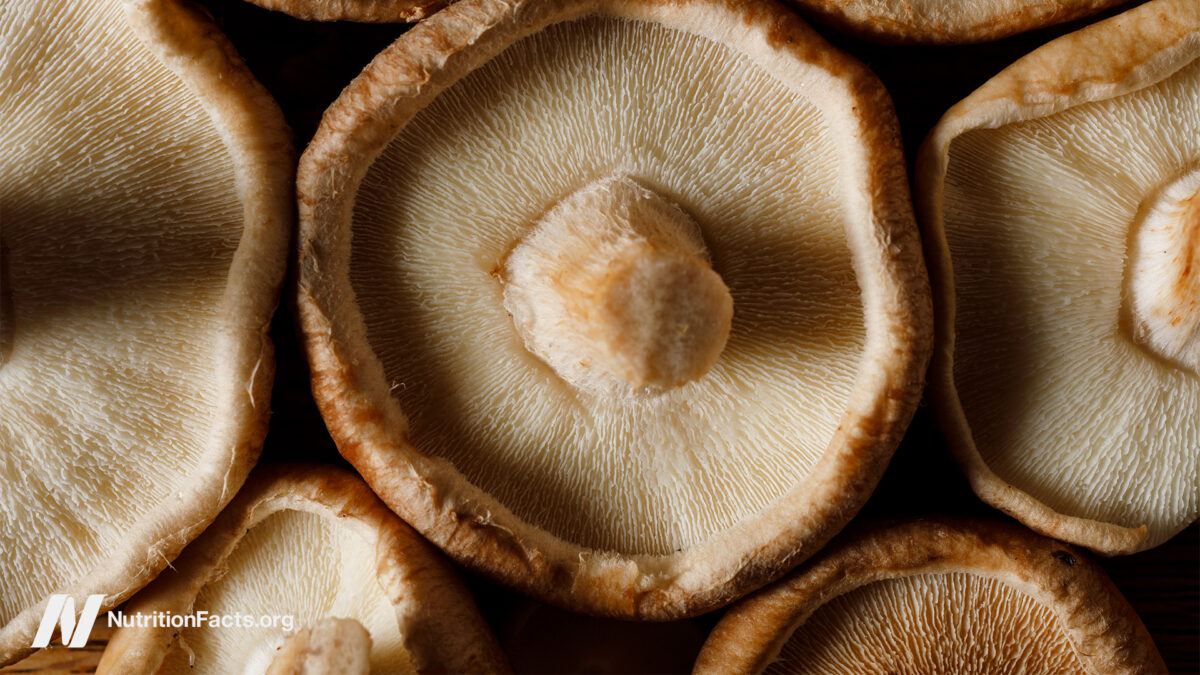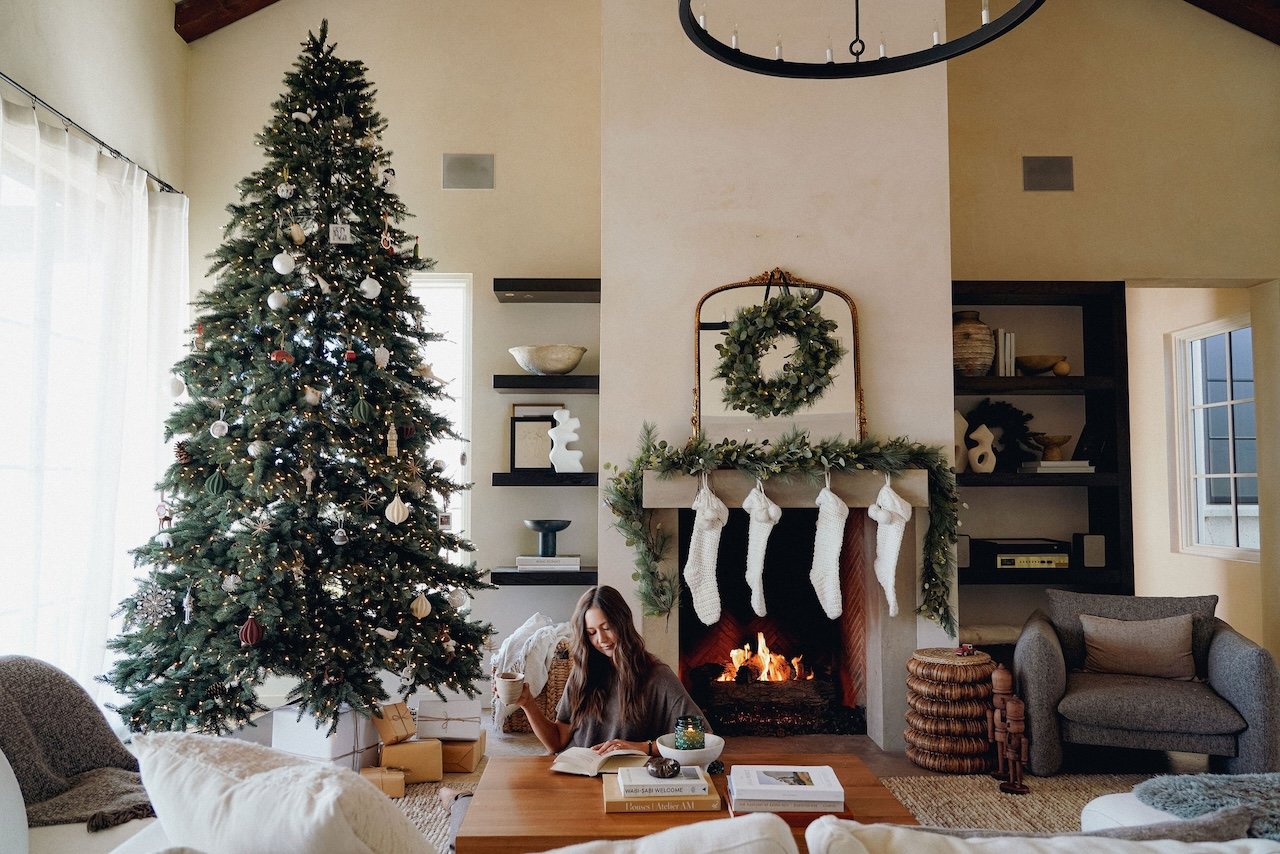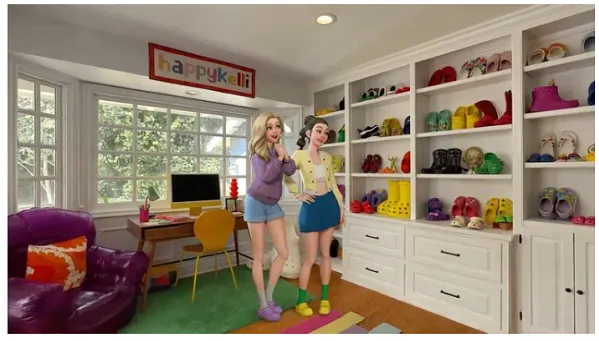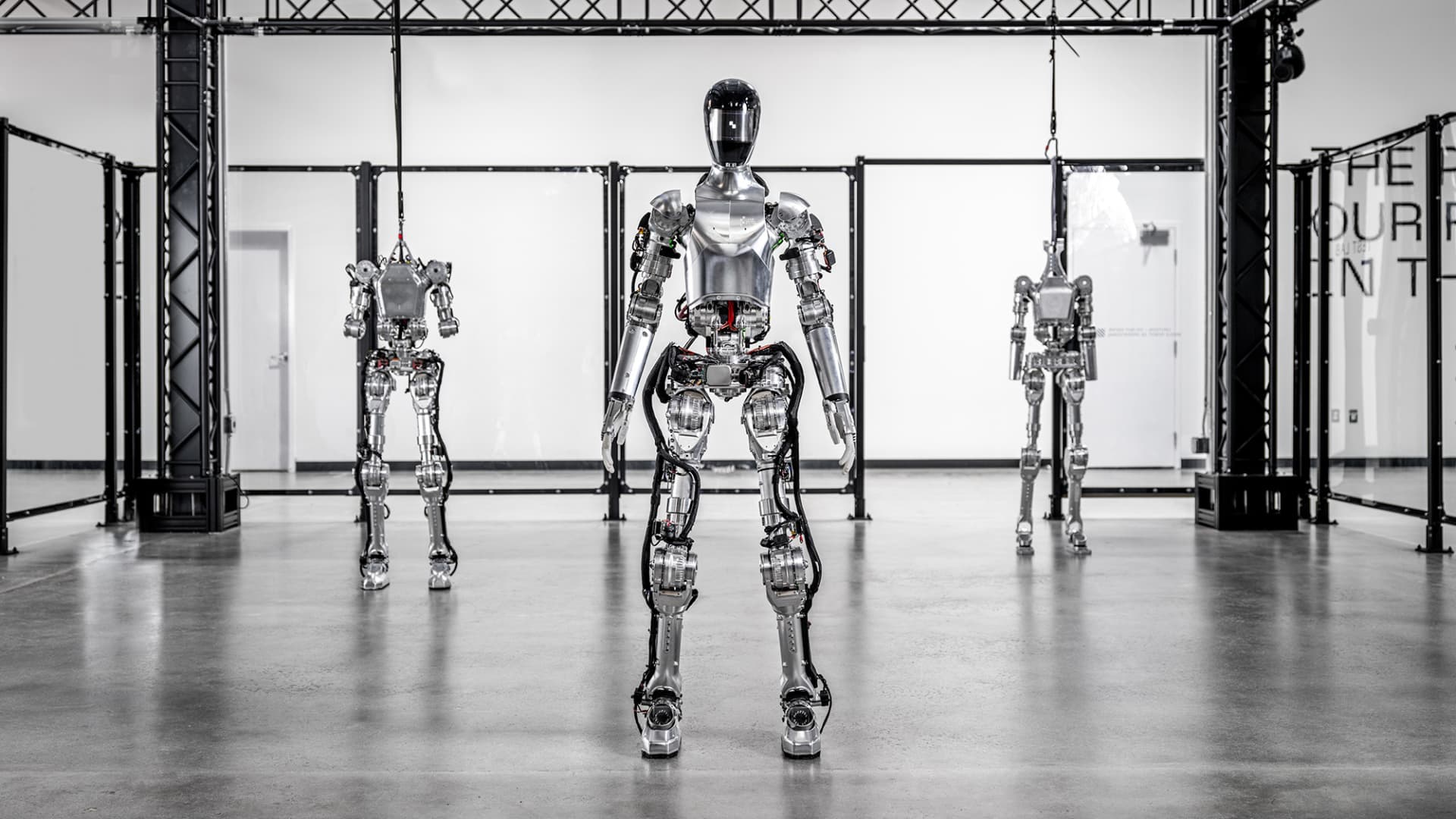Windows' Photoshop Alternative Is Actually Good Now, and It's Free
With the latest Photos app, you've even got background removal and generative AI features.


Credit: Lifehacker
Windows has a rather patchy history when it comes to native photo viewing and editing, but the latest Photos app is quietly becoming genuinely useful. It may not be a full-blown Photoshop alternative, but it does now offer a variety of basic editing functions, and even some generative AI to help get your images looking their best.
Photos combines a photo viewer and a photo editor, so the first job it takes on when you load it up is cataloging all the pictures you've got on your system. Use the gear icon at the top to change the configuration of this photo viewer, and the buttons just above the images to alter the order that pictures are shown in.
When you're ready to start editing, double-click on any image in your library. This brings up a larger view, with links to OneDrive and Microsoft Designer, but we're interested in the built-in editing tools—click the Edit button (on the top left).

You can crop and rotate images with a few clicks. Credit: Lifehacker
The screen you'll see first is for cropping and rotating. Click and drag the handles at the corner of the selected picture to change how it's cropped (hold down Shift to maintain the aspect ratio), or click and drag along the degrees slider to alter the angle. You've got buttons along the bottom for 90-degree rotations, horizontal and vertical flips, and specific aspect ratio crops (like 4:3 or 16:9).
At any point during your editing, you can click the undo button (the backwards arrow, top left) to go back a step, or the Reset button to go all the way back to the beginning—a reassuring safety net if you're worried about ruining a favorite photo. Your save options, meanwhile, are up in the top right: You can overwrite the existing image, save a new image, or copy the image to the clipboard.
The icons along the top (which come with text labels, if the app window is big enough) will guide you to the other parts of the program: You've got Crop, Adjustment, Filter, Mark-up, Erase, and Background. Any changes you make on one panel will be kept as you move to other panels, but aren't committed to disk until you save the file.
Switch to the Adjustment screen and you'll see a familiar row of sliders, covering attributes like Brightness, Exposure, and Contrast—make changes to any of these sliders and the results are shown straight away. For example, increase the Shadows value to see more detail in the dark areas of an image, or lower the Highlights value to get more clarity in the brighter areas.
You've also got color-related sliders, so you're able to adjust the image Saturation, Warmth, Tint, and Sharpness too. For more precise control on any of these sliders, click the slider you want to adjust, then use the arrow keys on the keyboard (either left and right or up and down) to change the values.
What do you think so far?
Advanced editing tools

Photos can quickly remove backgrounds for you. Credit: Lifehacker
Beyond the basics, there's more you can do with your images in Windows Photos. On the Filter screen you've got a variety of preset filters you can apply to your image, just like the original Instagram—everything from Punch to Vintage. There's also an Auto Enhance button, which tells Photos to use its best judgment in tweaking the image characteristics so that it's looking its best.
The next tab is Mark-up, which lets you scribble all over your selected image, using the different pens and highlighters you'll find down underneath the image (click and hold on any of the pen icons to change the line thickness and color). It's not the most sophisticated of tools, but it lets you quickly annotate images (such as screenshots).
Then there's the Erase screen, where you can remove objects from the photo using generative AI. Draw across the part of the picture you want to remove, and the tool will do the rest, drawing in a new background based on the surrounding pixels and other visual clues. Toggle off the Auto apply button for more control over the selection mask and when the removal is applied.
The last screen is Background. Photos will attempt to highlight the object and the people in the foreground, and you're then able to apply a blur to the background or remove it completely. If the background isn't detected well enough automatically, enable the Background brush tool option, and you can make minor adjustments.
Without offering any sort of selection tools, healing brushes, or layer editing, Photos does cover most of the tweaks that most people are going to want to do with their images—with no extra downloads or payment required once Windows is installed. If you need something different that isn't Adobe's market leading software, try our other Photoshop alternatives.

David Nield
David Nield is a technology journalist from Manchester in the U.K. who has been writing about gadgets and apps for more than 20 years.

 Fransebas
Fransebas 









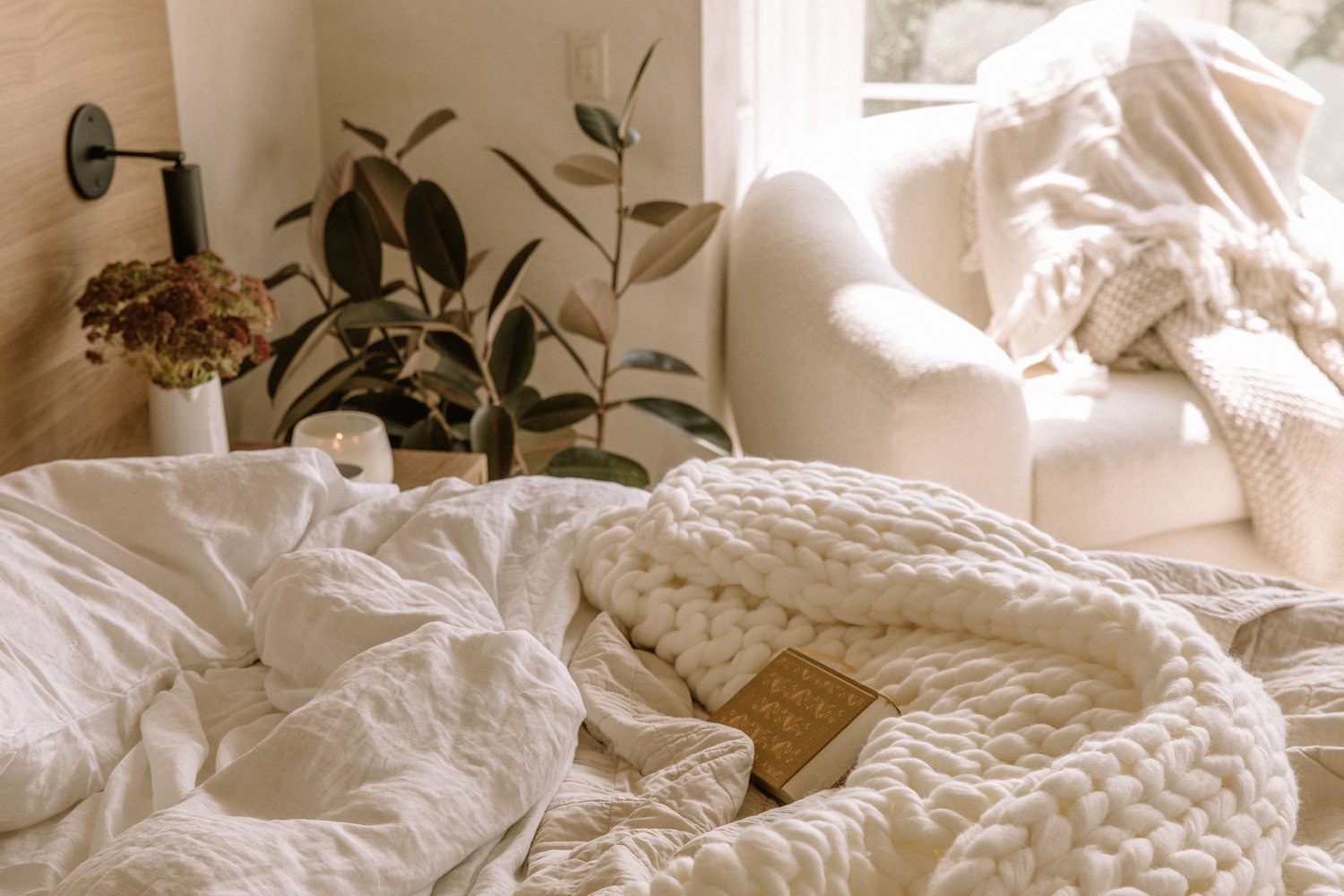











![The 2026 AI Search Benchmark Every SEO Leader Needs [Webinar] via @sejournal, @lorenbaker](https://www.searchenginejournal.com/wp-content/uploads/2025/11/1-259.png)

